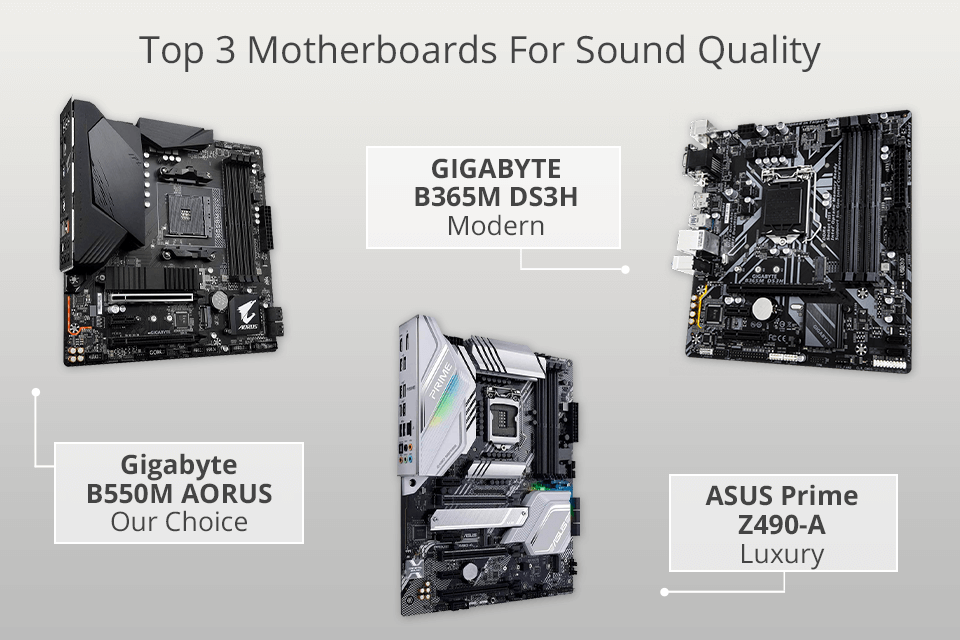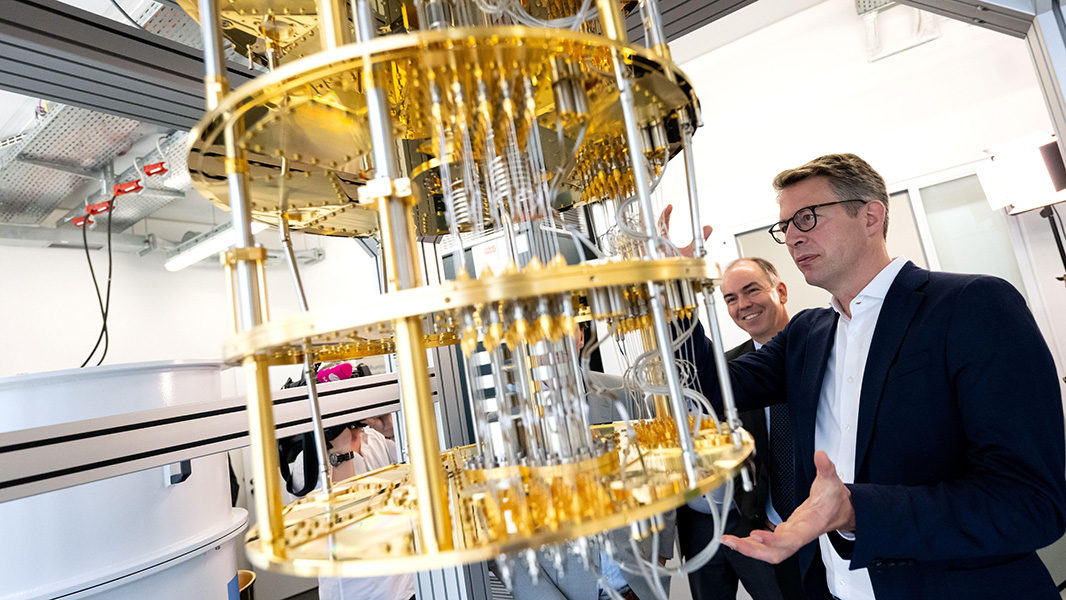Laser automation technology has proven instrumental in meeting these objectives of modern industry, offering efficiency, precision, and speed with each production run. Laser automation technology is revolutionizing manufacturing across numerous sectors by adding precision automation on production floors across industries.
Understanding Laser Automation Systems
What Is Laser Automation?
Laser automation refers to the integration of laser technology into automated systems for various tasks, including cutting, welding, engraving, and marking. Lasers use their intense focused light beam to complete these processes with unrivalled precision and speed.
Components of Laser Automation Systems
Laser automation systems typically consist of three elements: a laser source, a control unit, and robotic systems or other automated mechanisms that execute tasks. The laser source generates focused beams of laser light while the controlling unit manages parameters related to laser process management while robotic systems or mechanisms execute tasks efficiently and automatically.
Applications of Laser Automation System
1. Manufacturing and Fabrication Process
Laser automation has found wide application in manufacturing and fabrication processes. From cutting metals, welding them together, and engraving or marking materials with laser beams to engraving or marking them – laser automation provides consistent high-quality results while minimizing errors – automating these processes leads to increased production speeds as well as cost-effectiveness.
2. Medical Industry
In the medical field, precision is of utmost importance. Laser automation has become an invaluable asset when used for cutting and welding medical devices, fabricating components for surgical instruments, and even laser surgery procedures. Laser technology offers many advantages when operating within sterile environments due to its noncontact nature which reduces risks of contamination while making for safer operations overall.
3. Electronics and Semiconductor Industry
Electronics and semiconductor industries demand micrometer-level precision. Laser automation has proven invaluable for such tasks as micro welding, micro-cutting, and micro marking components – helping the industry meet miniaturization trends with the precision production of intricate electronic devices with higher levels of efficiency.
4. Aerospace and Automotive Technology Integration
Laser automation plays an essential role in aerospace and automotive industries that utilize materials with complex structures; from cutting components with laser beams, welding them together, or marking serial numbers and identification codes on them – laser automation ensures quality parts used within these demanding sectors that perform as intended and last as promised.
Laser Automation Has Its Benefits
1. Precision
Laser automation stands out as one of the primary advantages, thanks to its extraordinary precision. A focused laser beam can achieve minute details with micron-level accuracy ensuring that the final product meets even stringent quality standards.
2. Speed/Throughput
Laser automation operates at high speeds, significantly shortening production times when compared with traditional methods and providing higher throughput to meet rising demand and deadlines in industries worldwide.
3. Versatility
Laser automation is an adaptable technology, capable of adapting to various materials and applications with relative ease. From cutting metal sheets, engraving plastic panels, or welding delicate medical components – laser automation provides one solution for diverse manufacturing requirements.
4. Automation and Consistency
Integrating laser technology with automated systems ensures consistent and repeatable results. Once programmed, laser automation systems can handle tasks without human involvement – further decreasing errors or variations in final outputs.
Assign and Manage Challenges and Create Future Prospects.
While laser automation provides many advantages, it still poses challenges to businesses. Initial setup costs, maintenance requirements, and finding experienced operators may all present difficulties; but as technology becomes more accessible these challenges should be reduced.
Looking forward, laser automation appears promising. Through continuous innovations like more compact and efficient laser sources, improved control systems, and robotic enhancements, more industries should embrace laser automation technology as time progresses and economies of scale reduce costs to make laser automation an attractive business proposition.
Conclusion
Laser automation is revolutionizing industries by providing an unprecedented combination of precision, speed, and versatility. From electronics production to aerospace demands, this powerful combination has transformed how products are manufactured. As technology improves further barriers may decrease further opening doors for laser automation usage in businesses to harness its transformative potential; adopting laser automation not only offers forward progress but opens a doorway into the future where accuracy and efficiency define industry success.












